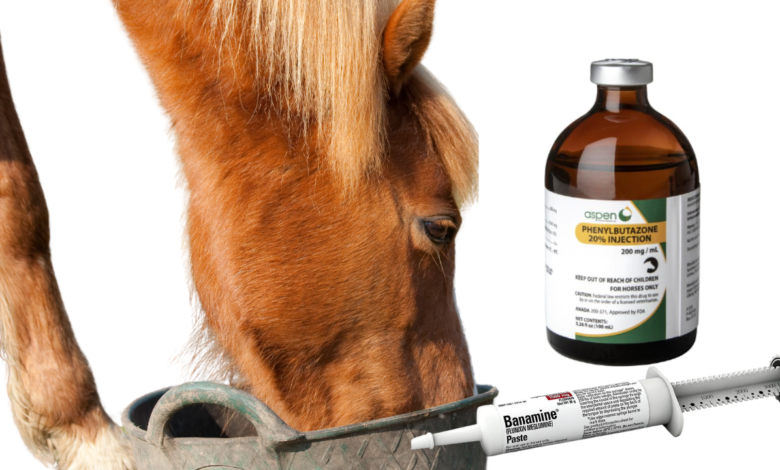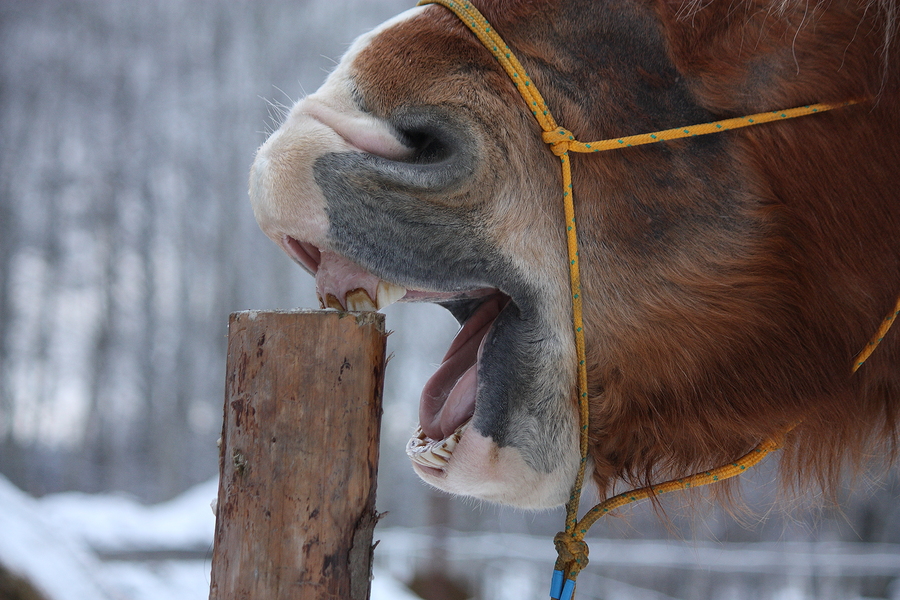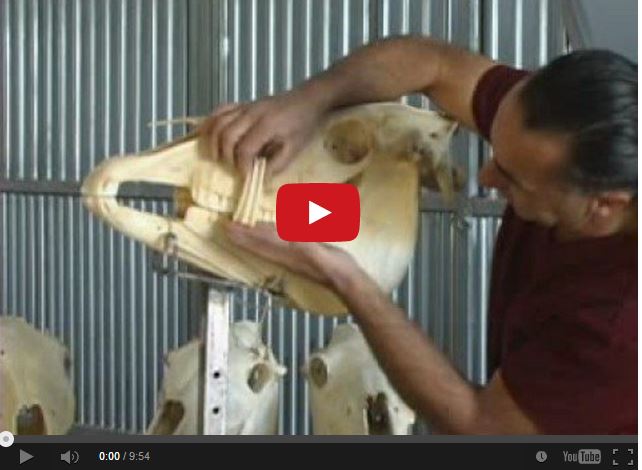Bute vs. Banamine: Understanding the Differences and Uses for Horses

When it comes to managing pain and inflammation in horses, two commonly used medications are phenylbutazone, often referred to as “bute,” and flunixin meglumine, known as Banamine. Understanding the differences between these medications and their appropriate uses is crucial for horse owners and caregivers. In this article, we will explore the contrasting features, uses, and when it is appropriate to administer each medication.
Bute (Phenylbutazone):
Bute, a nonsteroidal anti-inflammatory drug (NSAID), is widely utilized in equine medicine to relieve pain, reduce inflammation, and manage musculoskeletal conditions. It works by inhibiting the production of prostaglandins, which are responsible for inflammation and pain in the body.
Appropriate Uses for Bute:
- Musculoskeletal Issues: Bute is commonly prescribed to alleviate pain associated with musculoskeletal disorders such as arthritis, laminitis, or soft tissue injuries. It can help reduce inflammation, relieve discomfort, and improve the horse’s mobility.
- Post-Surgical Recovery: Bute is often administered to horses after surgical procedures to manage pain and inflammation during the healing process.
- Short-term Relief: Bute is effective for short-term pain relief, making it suitable for acute injuries or episodes of discomfort.
Receive updates about Horseaholic Giveaways, Contests, News, and More ❤️🐴 – Click Here To Subscribe
Banamine (Flunixin Meglumine):
Banamine is another NSAID commonly used in equine medicine. It acts by inhibiting the production of inflammatory substances called prostaglandins, similar to bute. However, Banamine has a broader range of effects and can provide more potent analgesic properties.
Appropriate Uses for Banamine:
- Colic Treatment: Banamine is frequently administered to horses experiencing colic, a painful condition affecting the digestive system. It helps reduce abdominal pain and inflammation associated with colic episodes.
- Post-Surgical Pain Control: Banamine is commonly used after surgical procedures to manage pain, reduce inflammation, and facilitate the recovery process.
- Fever Reduction: Banamine can be employed to alleviate fever in horses caused by various underlying conditions. It helps lower body temperature and reduce discomfort associated with fever.
Key Differences:
- Potency: Banamine tends to be more potent than bute in terms of its pain-relieving and anti-inflammatory properties.
- Duration of Action: Bute typically provides relief for a shorter duration, while Banamine has a longer-lasting effect. This difference should be considered when determining the appropriate timing and frequency of administration.
- Side Effects: Both medications carry potential side effects, including gastrointestinal issues, kidney problems, and, rarely, adverse reactions. However, the occurrence and severity of side effects may vary between the two drugs and should be monitored closely.
Sources – To provide accurate and reliable information, the following sources were referenced: https://pubmed.ncbi.nlm.nih.gov/17397437/, https://www.equimed.com/drugs-and-medications/reference/flunixin-meglumine, https://www.equimed.com/drugs-and-medications/reference/phenylbutazone
Bute is commonly used for musculoskeletal issues and short-term pain relief, while Banamine is particularly effective in managing colic, post-surgical pain control, and fever reduction. Banamine and Bute should only be given under the care of a licensed veterinarian. Please consult with a veterinarian before administering any medication to ensure the correct dosage and appropriate usage based on the specific needs of your horse. Together, you can ensure the well-being and comfort of your equine companion, providing them with the necessary relief from pain and inflammation when needed.
Please don’t forget to share this on Facebook if you found it helpful!





